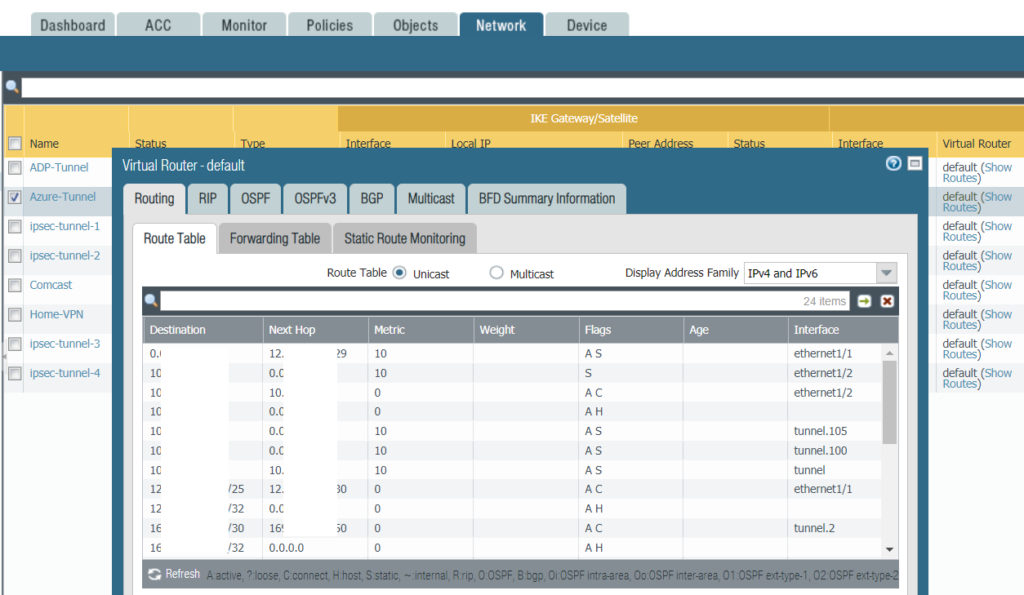Typical causes of 0x0000003B blue screen include software bugs, incompatible drivers, faulty memory, faulty hardware, corrupt system files and Windows update crashed. This video shows all our case collections with resolutions.
Resolution 1: Repair hard drive errors
Resolution 2: We fix this problem by installing latest hardware driver.
Resolution 3: Adjust Paging File or disable Automatic Paging
Resolution 4: Run SFC/Scannow
Resolution 5: Resetting Operating System
Resolution 6: Run Windows Memory Diagnostic Tool
Resolution 7: You can try Safe mode by following these steps if resolution 3 doesn’t fix the problem

Resolution 1: Repair hard drive errors
1.In the Search box on the taskbar, type command prompt, and then select Run as administrator from the list of options.
2.Select Yes.
3.In the window that appears, type the following command, including the space as shown:
chkdsk /f C:
and then press Enter.
4.Enter Y and press Enter
5.Repairs will automatically start on your hard drive, and you’ll be asked to restart your device.
6.After restart, try the update installation.
Resolution 2: We fix this problem by installing latest hardware driver.
1. In the Search bar, type Device Manager.
2. Open Device Manager.
3. Expand the suspected device that causes the problem, Firmware in our example.
4. Right-click the device and select Update Driver Software.
5. You may need to restart the computer, and then try the update again.
Resolution 3: Adjust Paging File or disable Automatic Paging
* Type Control in the Search bar and open the Control Panel
* Click System and Security
•Click on System
* Click on Advanced system settings
* Click Settings in Performance under Advanced tap
* Click Advanced and then Changing under Virtual memory.
* Uncheck Automatically mange paging file size for all drivers.
•Now, you have two options, Check the System managed size or Custom size if you know what are you doing.
•Click all Oks to save the settings and restart the computer.
Resolution 4: Run SFC/Scannow
1. In the search box on the taskbar, type command prompt, then select Run as administrator from the list of options.
2. In the window that appears, type this command including spaces as shown:
sfc /scannow
3. Press Enter. Wait until the sfc scan verification reaches 100% completion, and then close Command Prompt.
Resolution 5: Resetting Operating System
Type in “RESET PC” in the Search bar.
Click on Open.
* Click on Get started to reset the PC.
Note: You may have another option to Go back to the previous version of Windows 10 if the PC was updated in 10 days.
Resolution 6: Run Windows Memory Diagnostic Tool
1. Click on Start Menu and type Memory Diagnostic.
2. Click on Select Windows Memory Diagnostics.
3. Click on Restart now and check for problems.
Note: It will restart your computer. So save and close apps.
4. Follow the on-screen instructions. It may take half hour to check any problems.
Note: you can also use manufactory memory diagnostic tool to check any errors.
Resolution 6: We fixed the blue screen error by performing a clean restart into Windows
A clean restart starts Windows with a minimal set of drivers and startup programs.
1) Run MSCONFIG.EXE.
2) In the Services tab, click “Hide All Microsoft Services” and click
“Disable All”.
3) In the Startup tab, click “Disable All”. Click OK. (This will
temporarily prevent third-party programs from running automatically during
start-up.)
4) Restart, and then try the update installation
Resolution 7: You can try Safe mode by following these steps if resolution 3 doesn’t fix the problem.
1. Hold down the power button for 10 seconds to turn off your device.
2. Press the power button again to turn on your device.
3. On the first sign that Windows has started, for example, Dell’s logo hold down the power button for 10 seconds to turn off your device.
4. Press the power button again to turn on your device.
5. When Windows restarts, hold down the power button for 10 seconds to turn off your device.
6. Press the power button again to turn on your device.
7. Allow your device to fully restart to enter WinRE.
8. On the Choose an option screen, select Troubleshoot.
9. Select Advanced options.
10. Select Setup Settings.
11. Select Restart.
12. After your device restarts, you’ll see a list of options. Select 5 for Safe Mode with Networking.
13. Open Control Panel.
14. Select Uninstall a program under Programs. If you’re using Large/Small icons View, Select Uninstall a program under Programs and Features.
15. On the left-hand side, select View installed updates.
16. Right-click the update you want to uninstall, or the latest update.
17. Click Uninstall.
18. Select Yes to confirm and then Restart Now after the update uninstalled.
19. Try to re-install the Windows updater after the restart.
Notes: If you need to exit safe mode, here’s how:
1. In the Search box, type msconfig, and then select OK.
2. Select the Boot tab.
3. Under Boot options, clear the Safe boot check box.
Please view this step by step video:











